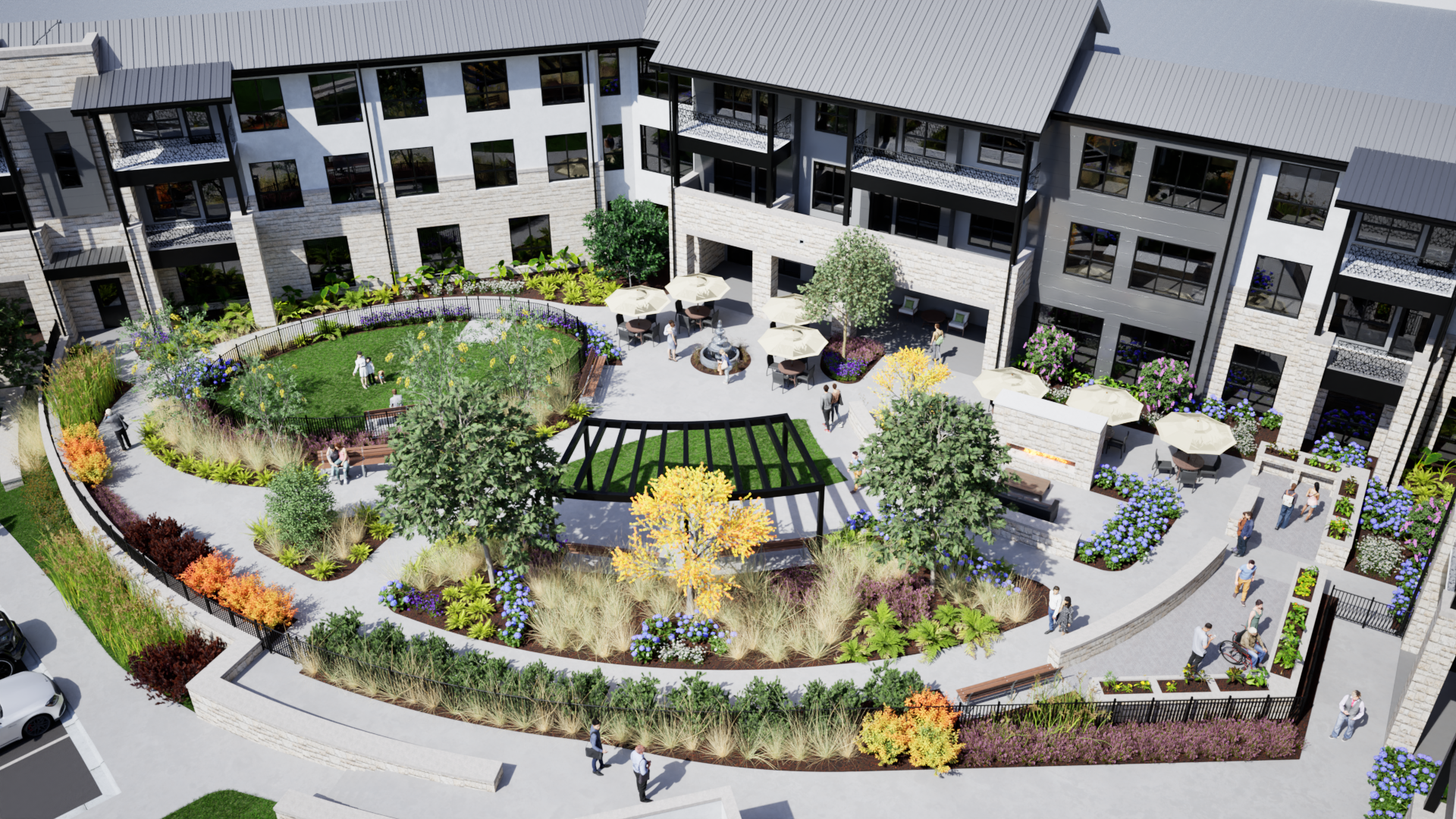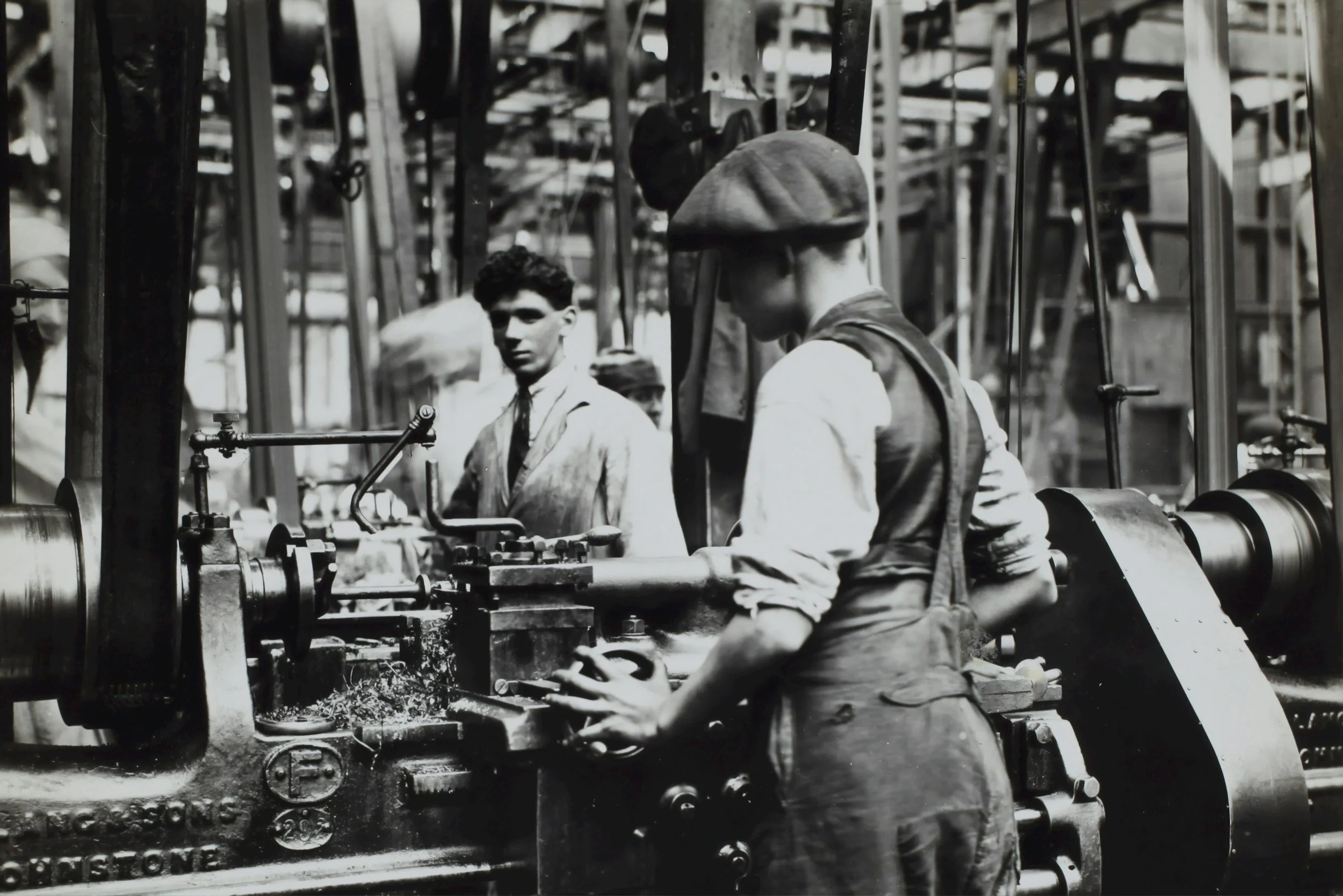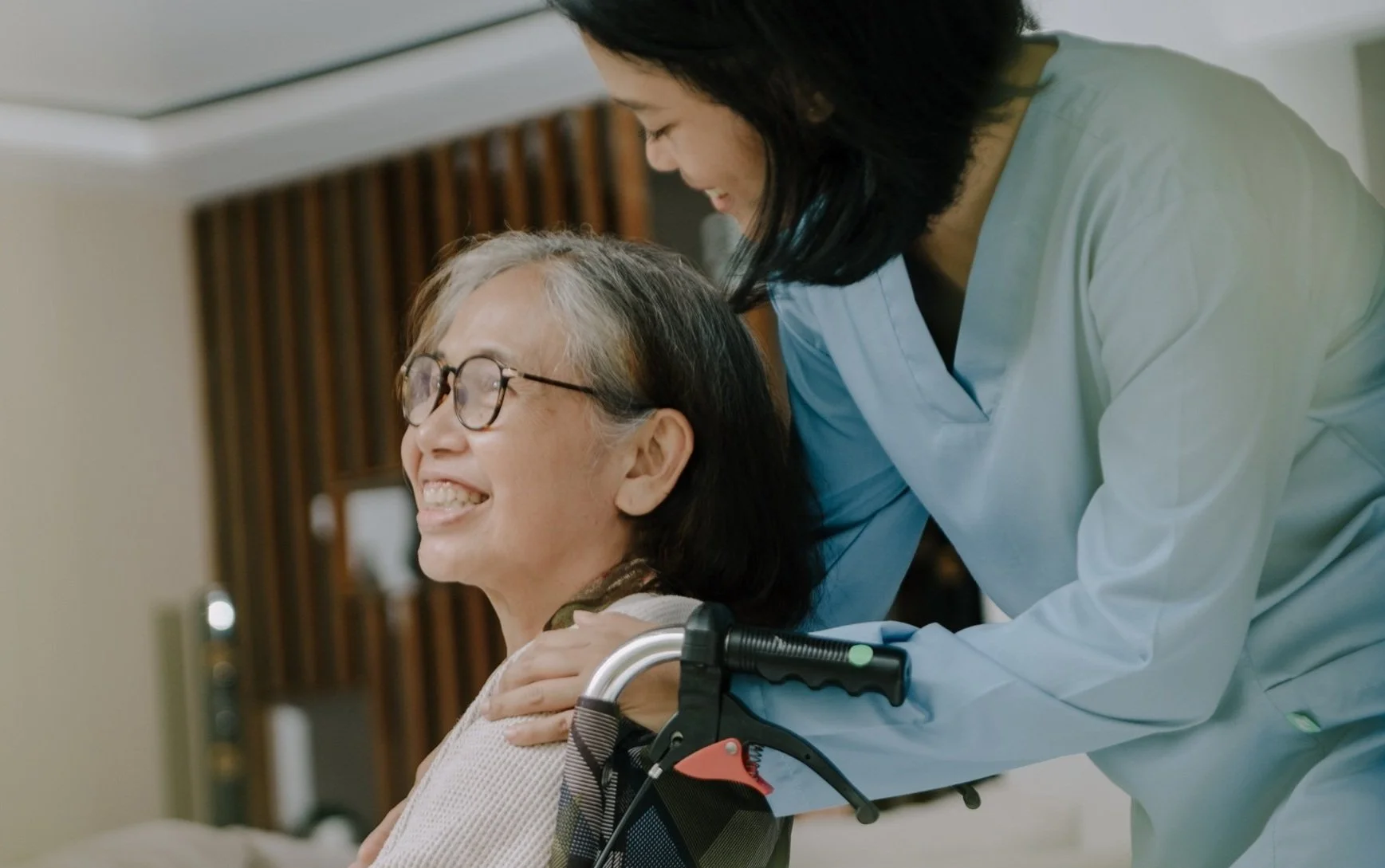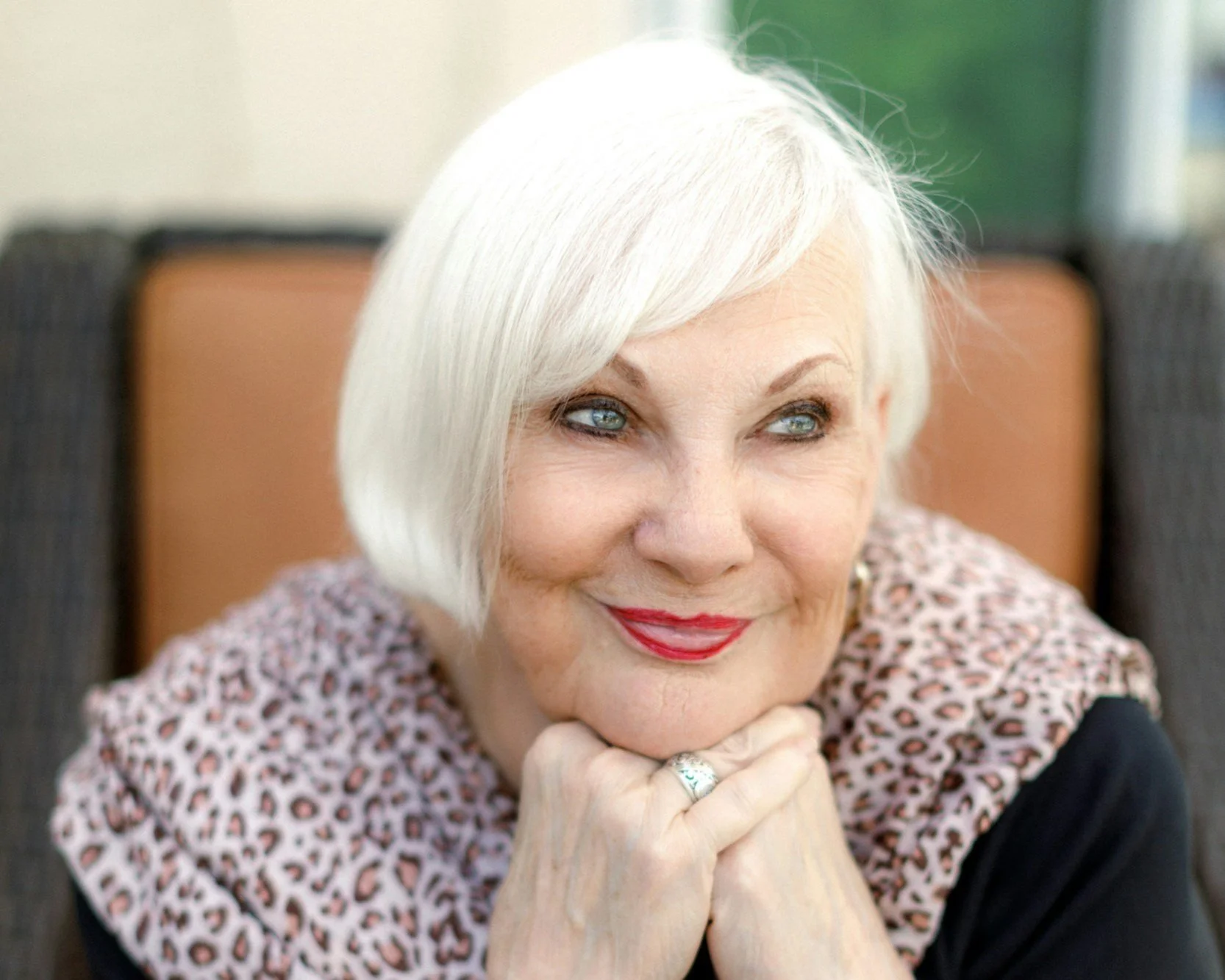The Flexible, Fantastic Future of Senior Living
Agility and creativity have always been key to good senior living community design, but the pandemic has taken these efforts to new levels; and they will drive the future as well.
“Adjusting to embracing change comes down to education, as well as having all stakeholders – including residents and families – as part of the process.”
– Collette Gray,
“We will continue to need flexibility. We will create more progressive communities in terms of programming but also what we can do to keep residents safe and comfortable,” Collette Gray, President/CEO of Integral Senior Living and Solstice Senior Living, says.
This means redesigning, repurposing, and reimagining indoor and outdoor spaces to integrate health services, socialization, visitation, activities and interactions, dining, and more within buildings and communities that are beautiful, functional, convenient, and safe.
Telehealth is here to stay.
“The efficiency and effectiveness of this technology has dynamically changed how we provide care. It’s taught us ways to work smarter, not harder,” Gray says. “Telehealth will continue to be the wave of the future.” As a result, watch for more communities to establish rooms or suites especially designed for telehealth visits, with state-of-the-art audio and video, as well as exam tables, with a focus on privacy and comfort.
Multifunctional spaces.
“We’re looking to make spaces more multipurposed and adaptable for a variety of uses,” says Gray. For instance, at her communities they have used beauty shops as visitation rooms during the pandemic. She says, “Some of our buildings have spaces that weren’t being utilized much previously or could be used for a variety of purposes. We can have spaces that can be used for telemedicine, for example, but also for massage, podiatry visits, etc.”
Healthy living gets an upgrade.
Gray says, “Healthy living was always there. But we’ve elevated our programs to look at the whole person and what we put in our bodies.” This means more locally sourced organic foods. “Healthy foods are increasingly important to families as well,” she says. The future is already here in some communities. She says, “We’re already seeing micro gardens and farm to table foods. We’re seeing communities where residents take part in what is being grown and are involved in the menu design along with the Culinary Service Director.”
Especially in communities with active seniors who still want to work or volunteer, watch for innovations such as onsite farmer’s markets or produce stands, as well as programs where residents grow fruits and vegetables to sell or donate.
Divine dining.
“Families want restaurant-style dining. They want their family members to have culinary experiences – everything from taste to presentation,” says Gray. This means choices and options, such as bistros featuring farm-to-table meals and onsite bakeries and coffeehouses to walk-up windows, outdoor dining, food deliveries and wine bars.
Indoors go outdoors.
“I love the concept of outdoor living rooms and outdoor space programming. This is key,” Gray says. “During the pandemic, it’s been huge for people to be outside; so, anything we can do to bring residents outside and engage outdoor spaces is ideal.” While this can be challenging in extreme climates, communities have gotten more creative about this with safe heat sources, spaces that open onto a patio or courtyard, and covered patios with controlled air circulation. Look for amenities such as exercise rooms that open onto outside spaces for classes and programming.
Change is happening: Embrace it.
“Adjusting to embracing change comes down to education, as well as having all stakeholders – including residents and families – as part of the process,” says Gray. Getting resident input and feedback from a resident advisory committee can help inform the future of the community. She also suggests getting input from residents who have backgrounds in architecture and/or design. “Involve them in the process,” she says. The result will be a community that they love that attends to their safety, comfort, needs, and desires.
Contact us here or call us at 512-231-1910.




















